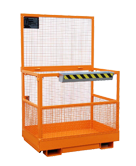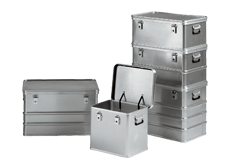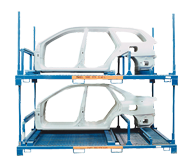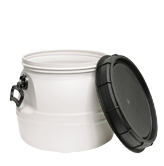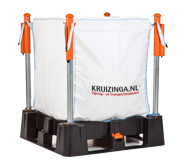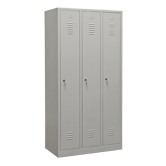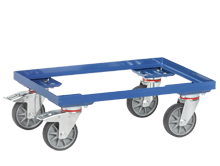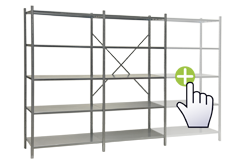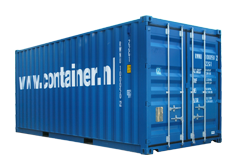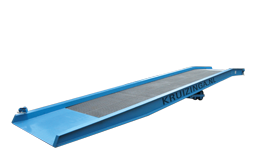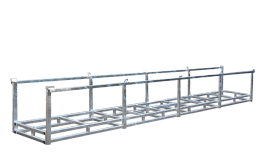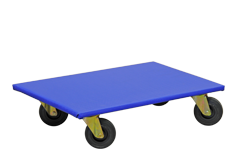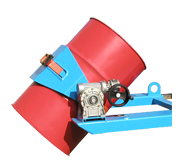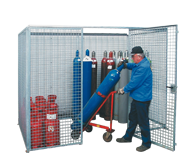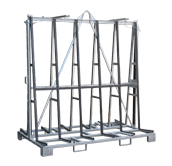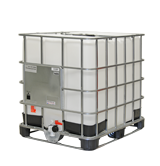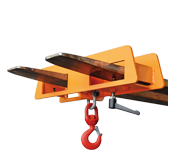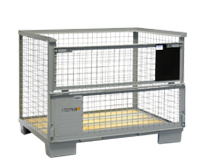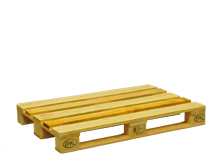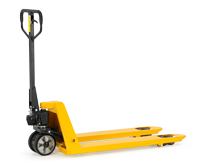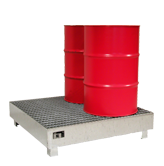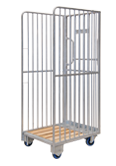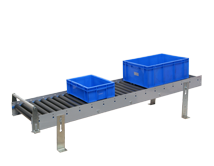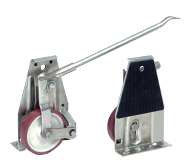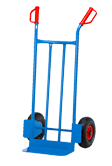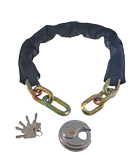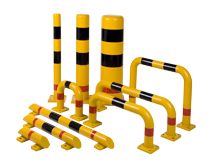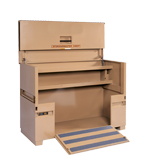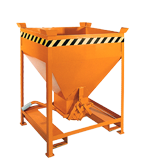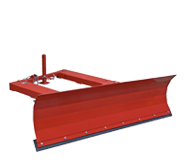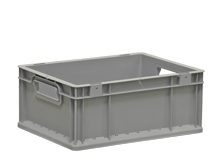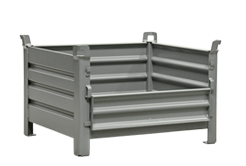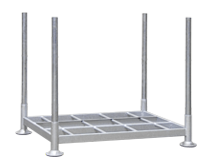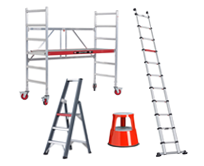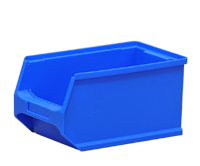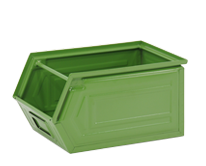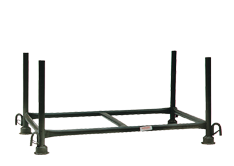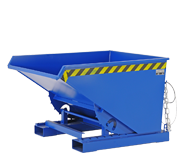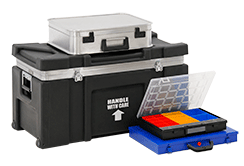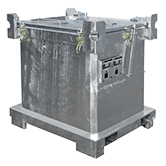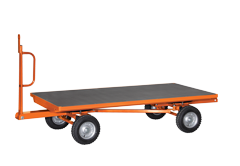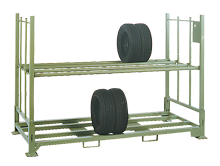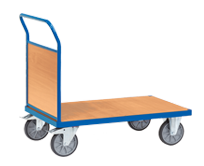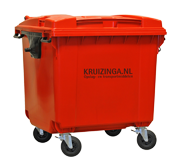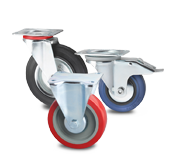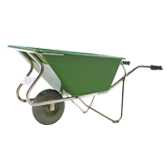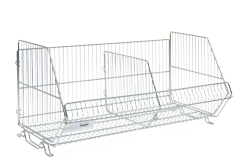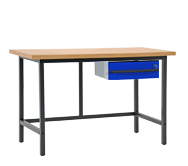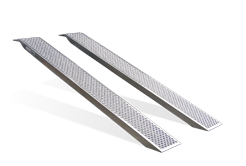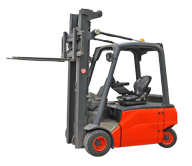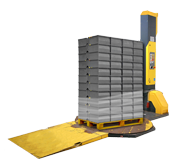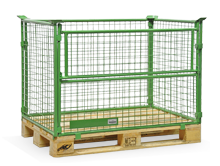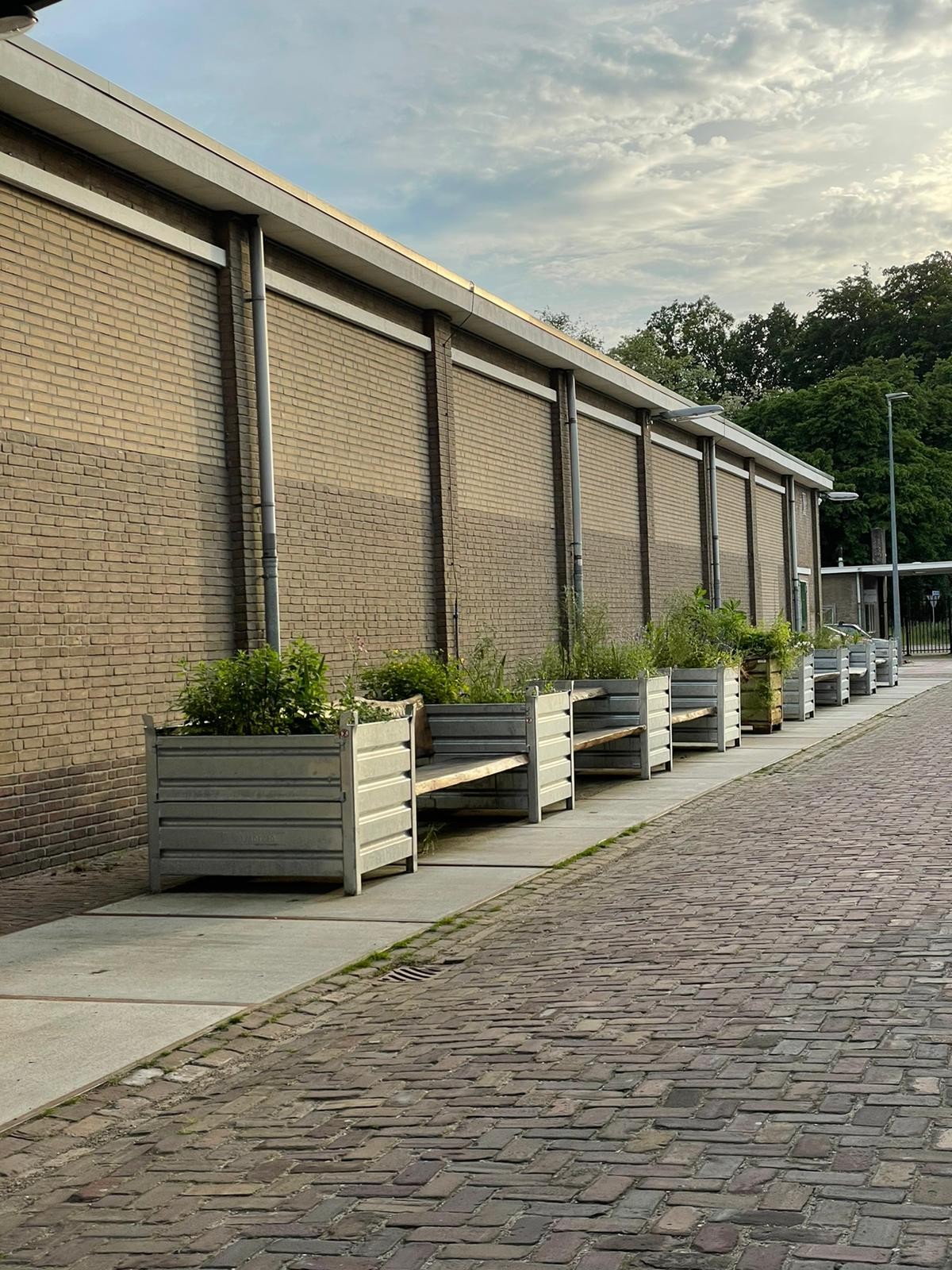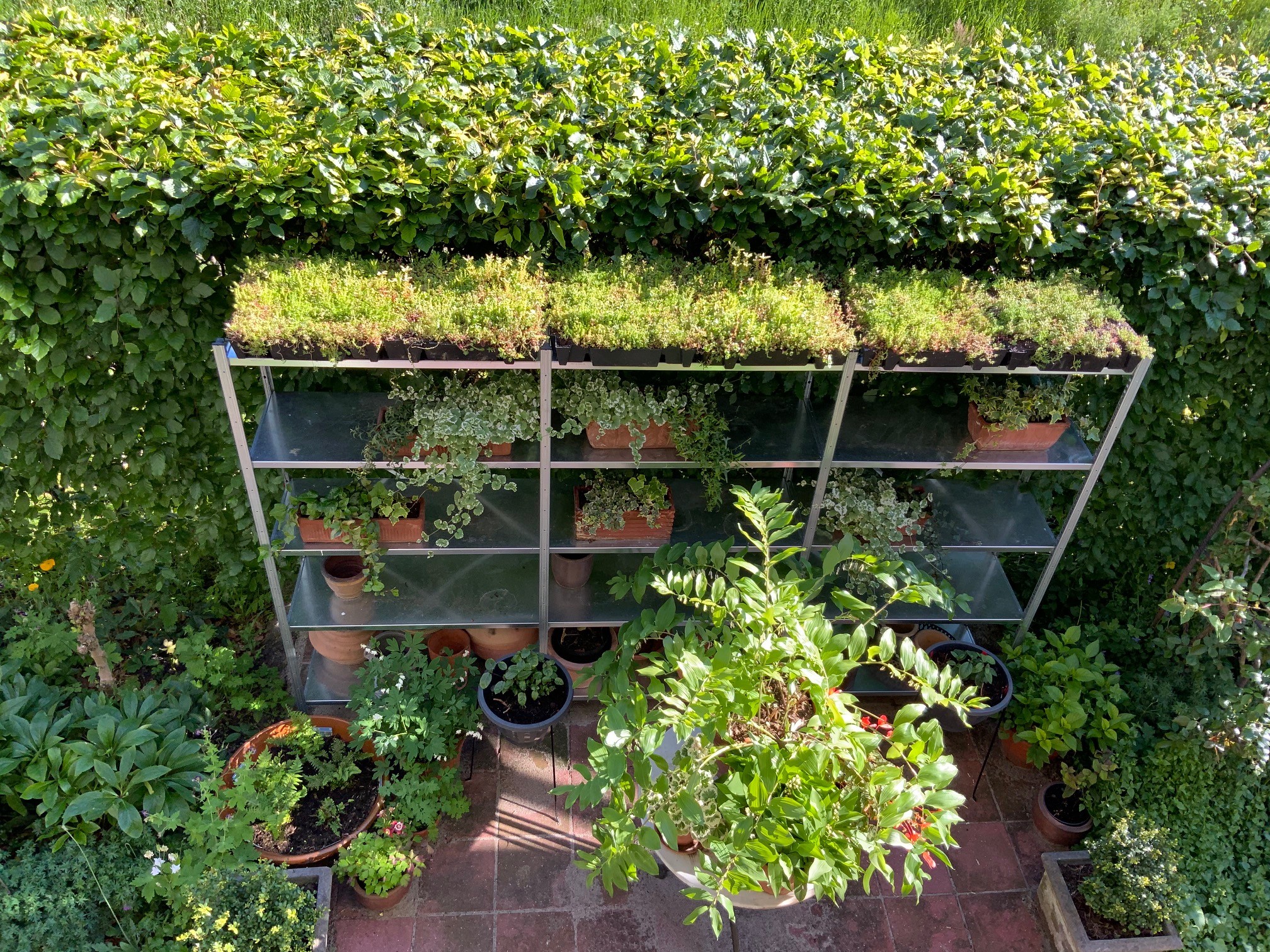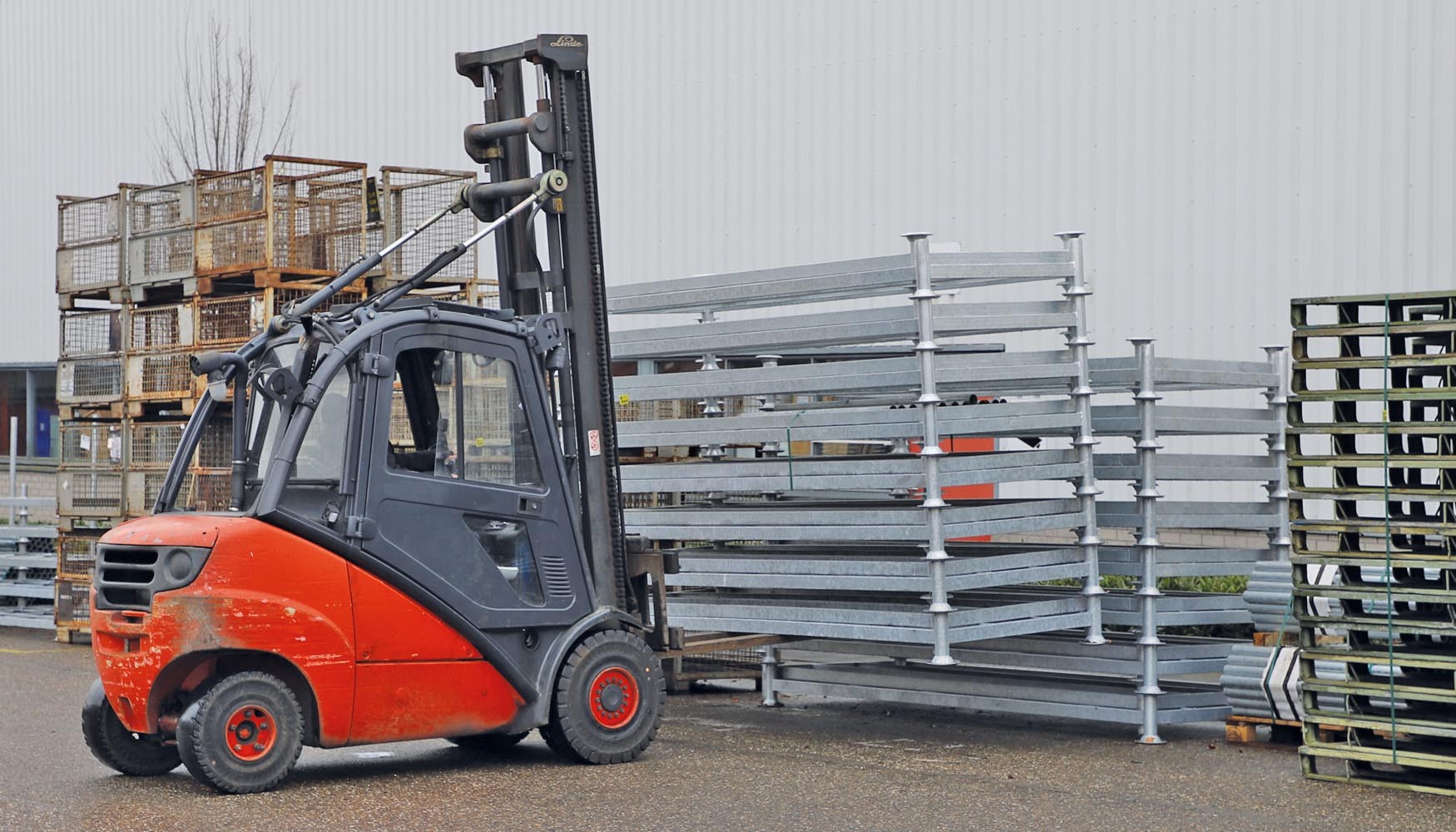This blog is your guide to creating a step-by-step plan for effectively managing and maintaining your outdoor space, with an eye for efficiency, sustainability and circularity. You will learn how greenery can promote your working environment, the importance of waste management and recycling and how safety measures and outdoor furniture can optimize the usable area of your sites. With this knowledge, you can create an outdoor space that combines appearance and functionality.
The importance of a neat outdoor area
A well-maintained outdoor space at a business has a positive impact on customer perception, which builds trust and encourages them to visit more often and spend more. Your customers see a tidy outdoor area as a sign of professionalism and care for the environment and your business, which is essential for a long-term customer relationship. In addition, a well-maintained outdoor area also motivates your employees to handle it with care and to spend more time outside. This is good for the happiness at work and the health of your employees.
Some steps you can take to improve your outdoor area:
- Daily cleaning tasks: Start with daily tasks such as sweeping and removing loose dirt. This contributes to a neat first impression and prevents the accumulation of dirt that is more difficult to clean.
- Deep Cleaning: Tackle stubborn stains and dirt with appropriate equipment. Depending on the size of your outdoor space and the type of dirt, you can opt for hand-held sweepers, suction sweepers, high-pressure cleaners or a forklift broom.
- Safety and Regulations: Make sure you are aware of the legal regulations and guidelines for the use of cleaning equipment and chemicals. This guarantees the safety of your staff and customers and ensures legal compliance.
- Periodic maintenance: Regular cleaning of utensils is crucial, especially since the COVID-19 pandemic. Therefore, make sure that gates, trash cans, smoking huts and other objects are cleaned in a timely manner.
- Efficiency in all seasons: Use a cleaning cart to keep your site free of leaves and ensure quick removal of snow and dirt in winter melt water to ensure safety and accessibility.
By following these steps, you can ensure an outdoor space that is both inviting and functional, providing you with a solid foundation for your business activities.
The impact of greenery on the working environment
Green spaces in a business environment are not only a beautification of the premises for your customers, they also make a substantial contribution to their well-being of employees. Research shows that employees in a green working environment are happier and more productive. Plants in your outdoor space not only provide a more pleasant temperature and humidity, but also reduce stress and headaches, which positively affects the overall health and mood of your employees.

Green outdoor spaces provide, among other things
- Air Quality: Plants help regulate temperature and release moisture, which can reduce heating and cooling costs. They also neutralize harmful gases and convert CO₂ into oxygen, which improves overall air quality.
- Noise reduction and creativity: The presence of plants can reduce noise levels and create a calming effect, leading to improved concentration and cognitive performance. A green environment promotes creativity and inspiration, as plants have a calming effect on the mind.
- Productivity: Workplaces filled with plants can increase productivity by 15%. Greenery in the workspace reduces stress levels, partly due to their ability to filter noise.
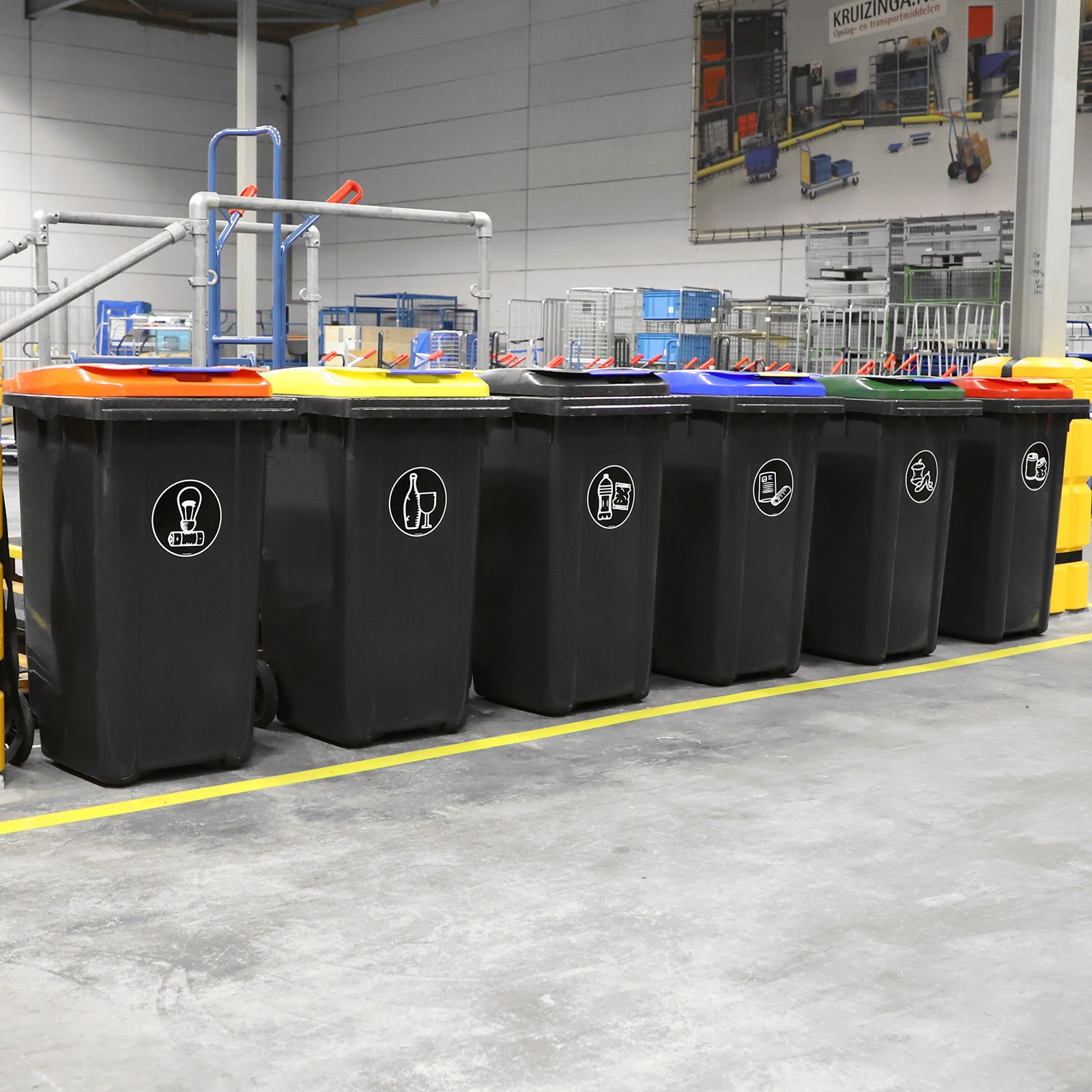
Waste management and recycling
Waste management and recycling are indispensable in maintaining a clean and safe outdoor space. At Kruizinga you will find all kinds of solutions for waste management, including different types of ashtrays and waste containers made from materials such as plastic and stainless steel. It is important that your sites are not only neat and clean, but also contribute to circularity and improving the working environment.
Steps to take:
- Waste separation and recycling: The Dutch government encourages waste separation and recycling in the business sector and aims to recycle 55% of household and commercial waste by 2025 to recycle. Companies can use the 'Waste guide for companies' on the Ondernemersplein to determine which waste they need to separate.
- Responsibility and services: Dutch companies are themselves responsible for the purchase, separation and disposal of their waste. Therefore, it is important to be aware of the obligations that apply to your business and the possible products you can use to meet them.
- Challenges and solutions: Businesses can face challenges encountered in waste management, including regulations and compliance, consequences of improper waste segregation and handling, logistics and space limitations, and costs. Therefore, make sure you map these out and work with experts to find the best ways to solve limitations and problems.
Through this By following these steps, you can ensure effective waste management that contributes to the improvement of your outdoor area, business and sustainability.
Safety measures and site security
Safety measures are crucial for the maintenance of your outdoor space and grounds. It is important to create a safe environment for both staff and visitors. This prevents damage, theft and creates a sense of security.
Guidelines you can follow to improve the security of your premises:
- Demarcation and access control: Ensure clear demarcation of your site using, for example, fencing or natural boundaries. Implement access control systems to prevent unauthorized access and secure the premises.
- Deterrence and detection: Use deterrents such as lighting and visible security cameras. Install detection systems that can detect unauthorized movements and respond quickly in the event of a burglary attempt.
- Delay of intruders: Make it difficult for intruders to quickly gain access to your property by, for example, anti-climb protection or install slowing barriers.
- Costs and rental agreements: Are you renting an industrial estate? Check whether maintenance costs for the outdoor area are explicitly included in the rental agreement. If the outdoor space has a closed character, for example due to a fence, these costs cannot simply be passed on to the tenant.
- Maintenance plan and inspections: Draw up a multi-year maintenance plan (MJOP) that includes both safety measures and sustainability investments. Provide regular inspections of your security systems to keep them operational and in good condition.
By following these guidelines you can help ensure the security of your improve the outdoor area.
The role of outdoor furniture and facilities
When improving your outdoor space, outdoor furniture plays an essential role in both functionality and appearance. Selecting the right furniture and facilities can transform your premises into a safe and healthy working environment. This is inviting for your staff and visitors and promotes health and creativity. Below you will find an overview of products and services that can enrich your outdoor space.
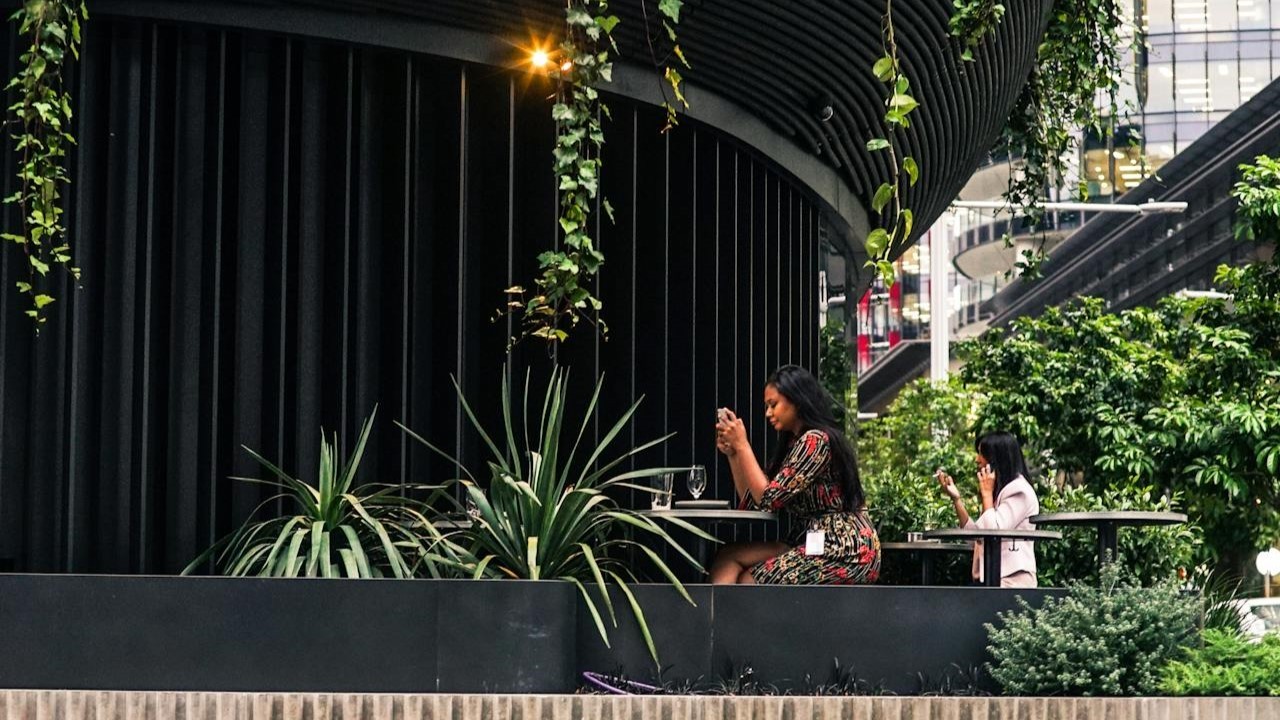
When considering outdoor furniture, consider:
- Signage: Signage ensures a clear and orderly layout of your indoor and outdoor area. This makes it easy for employees and visitors to get to the right place. This includes door plates, information signs, name plate holders, presence signs, direction indicators, direction columns, louvre signs, traffic signs, illuminated and unlit columns, facade letters and various forms of illuminated advertising.
- Road marking: With road marking you can indicate you different routes; from walking routes to freight routes. This reduces the risk of accidents and ensures order.
- Hardscaping and softscaping: For a sustainable and practical design of your outdoor space, it is wise to look at the different types of hardscaping and softscaping. This includes constructing paths, terraces and other hard surfaces, as well as planting greenery for a natural look.
- Creative spaces: Sufficient places where employees can sit outside and walk is important. This motivates your employees to go outside more often, which is good for their health and promotes creativity.
By smartly choosing the right facilities and furniture, you can not only improve your outdoor space, but also create a place that invites use and contributes to the image of your company.
Want to make the most of your outdoor space?
Through a well-thought-out approach and regular care, a neat outdoor space becomes the visiting card of your company! With the right attention to maintenance, safety, landscaping and waste management can not only improve productivity and employee health, but also ensure a positive experience for your employees, customers and visitors.
Take the step towards a better outdoor space and contact one of our experts to discuss the possibilities. Send an email or call during working days to +3188 533 15 55.


